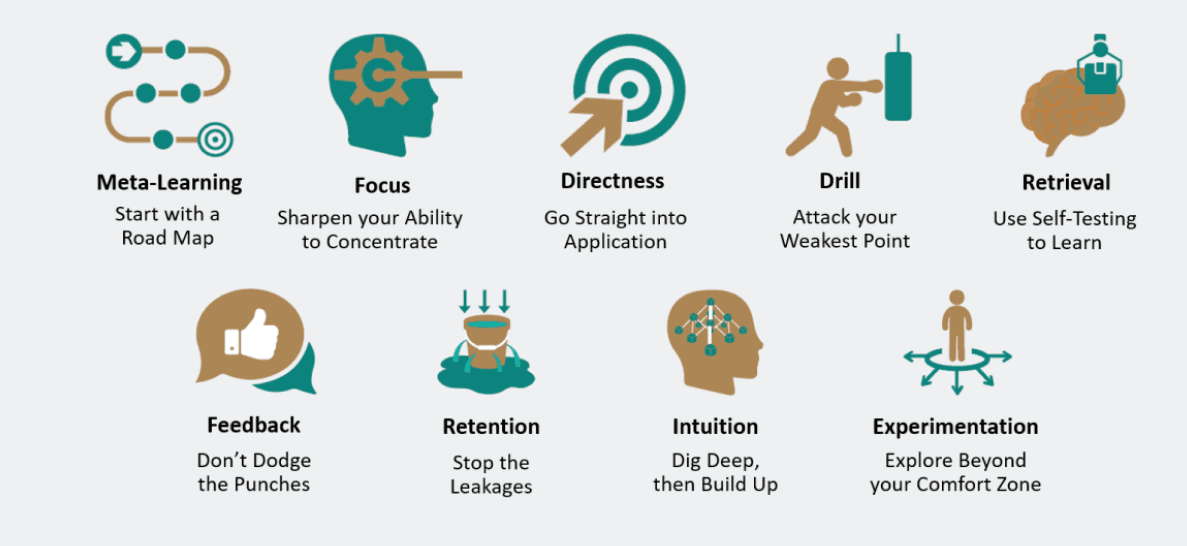Core Principles of NISI (Nail It Then Scale It)
- Get out into the field - Get out of the building, outside the company, outside your circle of friends... validate assumptions like scientists. Don't be attached to your vision.
- Fail fast and embrace change - Do not waste time pursuing an idea that's not a true opportunity; fail fast. Be dispassionate enough to let go and move on.
- Adopt the attitude of learning - The attitude of learning will enable you to successfully discover real opportunities.
- Test your guesses with rapid, inexpensive, simple experiments - Don't start building without testing your guesses.
363
2.28K reads
CURATED FROM
IDEAS CURATED BY
This book will teach you how to create your own startup, nail the problem it solves, and scale it.
“
The idea is part of this collection:
Learn more about moneyandinvestments with this collection
How to overcome fear of rejection
How to embrace vulnerability
Why vulnerability is important for personal growth
Related collections
Similar ideas to Core Principles of NISI (Nail It Then Scale It)
9 Principles of Ultralearning
- Meta-learning: Start by learning how to learn
- Focus: Carve out time in your day
- Directness: Learn by doing.
- Drill the weakest points: Break down complex skills into small parts.
- Retrie...
Read & Learn
20x Faster
without
deepstash
with
deepstash
with
deepstash
Personalized microlearning
—
100+ Learning Journeys
—
Access to 200,000+ ideas
—
Access to the mobile app
—
Unlimited idea saving
—
—
Unlimited history
—
—
Unlimited listening to ideas
—
—
Downloading & offline access
—
—
Supercharge your mind with one idea per day
Enter your email and spend 1 minute every day to learn something new.
I agree to receive email updates
